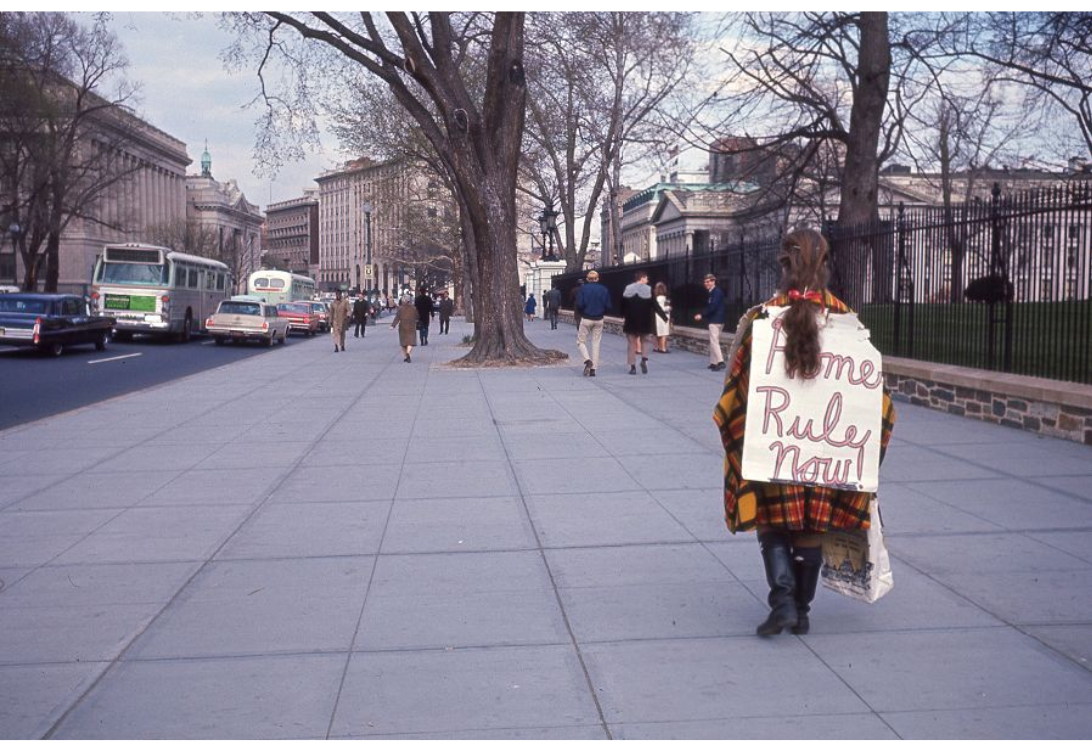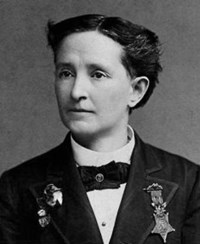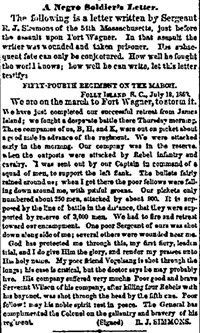- Alcatraz Island (33)
- Golden Gate National Recreation Area (31)
- Andersonville National Historic Site (12)
- Boston Harbor Islands National Recreation Area (7)
- Channel Islands National Park (7)
- National Mall and Memorial Parks (6)
- Belmont-Paul Women's Equality National Monument (5)
- Aleutian Islands World War II National Historic Area (3)
- Boston African American National Historic Site (3)
- Show More ...
- Southeast Archeological Center (3)
- American Battlefield Protection Program (2)
- National Heritage Areas Program (2)
- Heritage Documentation Programs (1)
- National Center for Preservation Technology and Training (1)
- Park Cultural Landscapes Program (1)
- Park History Program (1)
- Regions 8, 9, 10, and 12 (1)
- Technical Preservation Services (1)
Showing 155 results for Prisons ...
- Type: Article

This page is part of a six-part series exploring DC current events through Fugazi concerts. Each article shares audio clips of banter in between songs at Fugazi shows, where band members and local activists weigh in on current events in DC & national politics. In this article, they discuss surveillance after 9/11, and hostile architecture.
- Type: Article

This page is part of a six-part series exploring DC current events through Fugazi concerts. Each article shares audio clips of banter in between songs at Fugazi shows, where band members and local activists weigh in on current events in DC & national politics. In this article, they discuss incarceration and gambling.
- Type: Article

This page is part of a six-part series exploring DC current events through Fugazi concerts. Each article shares audio clips of banter in between songs at Fugazi shows, where band members and local activists weigh in on current events in DC & national politics. In this article, they discuss homelessness and segregation in DC.
- Type: Article

This page is part of a six-part series exploring DC current events through Fugazi concerts. Each article shares audio clips of banter in between songs at Fugazi shows, where band members and local activists weigh in on current events in DC & national politics. In this article, they discuss DC finances, welfare policy, and the fort reno park concert series.
- Type: Article

This page is part of a six-part series exploring DC current events through Fugazi concerts. Each article shares audio clips of banter in between songs at Fugazi shows, where band members and local activists weigh in on current events in DC & national politics. In this article, they discuss the anti-nuclear movement, and military equipment in the DC police force.
- Type: Article

This page is part of a six-part series exploring DC current events through Fugazi concerts. Each article shares audio clips of banter in between songs at Fugazi shows, where band members and local activists weigh in on current events in DC & national politics. This article focuses on the punk community's perspectives on the United States' involvement in wars in the middle east.
- Type: Article

The year 2025 marks the 10th year since Honouliuli was designated as a National Monument, cementing it as a unit of the National Park Service. In 2019, Honouliuli National Monument was established as Honouliuli National Historic Site. To celebrate its 10th anniversary as a park, Honouliuli National Historic Site is partnering with over 50 organizations to connect communities to its important history of incarceration of prisoners of war and American civilians.
Fort Jefferson
- Type: Place

Fort Jefferson, the largest all-masonry fort in the United States, was built between 1846 and 1875 to protect the nation's gateway to the Gulf of Mexico. During the Civil War, it was used as a Federal prison primarily for Union deserters, though in 1865 three of the Lincoln conspirators were imprisoned within its walls.
- Type: Article

These four lessons support understanding the significance of Tempe, Arizona-an American World War II Heritage City. Highlights of the first two listed lessons include military training, education, civilian contributions, and volunteerism. The third lesson shares on the Papago Park German prisoner-of-war camp in Tempe, which became well-known for a large prisoner escape. All lessons highlight specific contributions and connect to larger home front themes with primary sources.
- Type: Article

West-central California has been home to Native populations for many thousands of years. Two of these, the Miwok and the Ohlone were the primary inhabitants of San Francisco Bay's northern and southern peninsulas. Research indicates that both of these tribes recognized gender identities beyond they typical Western conception of male/female.
- Type: Person

In 1913, Florence Bayard Hilles heard fellow Delawarean Mabel Vernon speak about voting rights for women. Hilles immediately signed a card stating “I believe in women suffrage” and put all her energy into gaining voting rights. Hilles became a leader in the Delaware Congressional Union for Women Suffrage (later the National Women’s Party), gave speeches, led marches, advocated with elected officials, and was put in prison for picketing at the White House.
- Type: Article

Have you ever spoken out when you saw someone mistreated? This learning activity designed for fifth graders uses a photograph of Mary Winsor protesting against the imprisonment of suffrage protesters to spark discussion about the responsibility to speak out when you believe something is wrong and needs to change.
- Type: Article

When have you needed courage? In this learning activity for fifth grade, students explore questions about when and how to take a stand in their everyday lives. Using photographs of Lucy Burns, co-founder of the National Woman's Party and the woman who spent more time in prison than any other American suffragist, students engage with questions about the courage needed to speak out.
- Type: Person
Caesar Augustus was the servant of Mr. Tileston of Dorchester, Massachusetts. He was present at Battle Road where he entered at Charlestown Neck and was later taken prisoner.
Brigadier General Justin Dimick
- Type: Person

Alexander Stephens served in Georgia’s state legislature and US Congress before his selection as the Vice President of the Confederacy in 1861. After the surrender at Appomattox Court House, federal soldiers captured Stephens and brought him to Fort Warren in Boston as a prisoner. Following his release, Stephens continued in politics and eventually became the 50th governor of Georgia in 1882.





